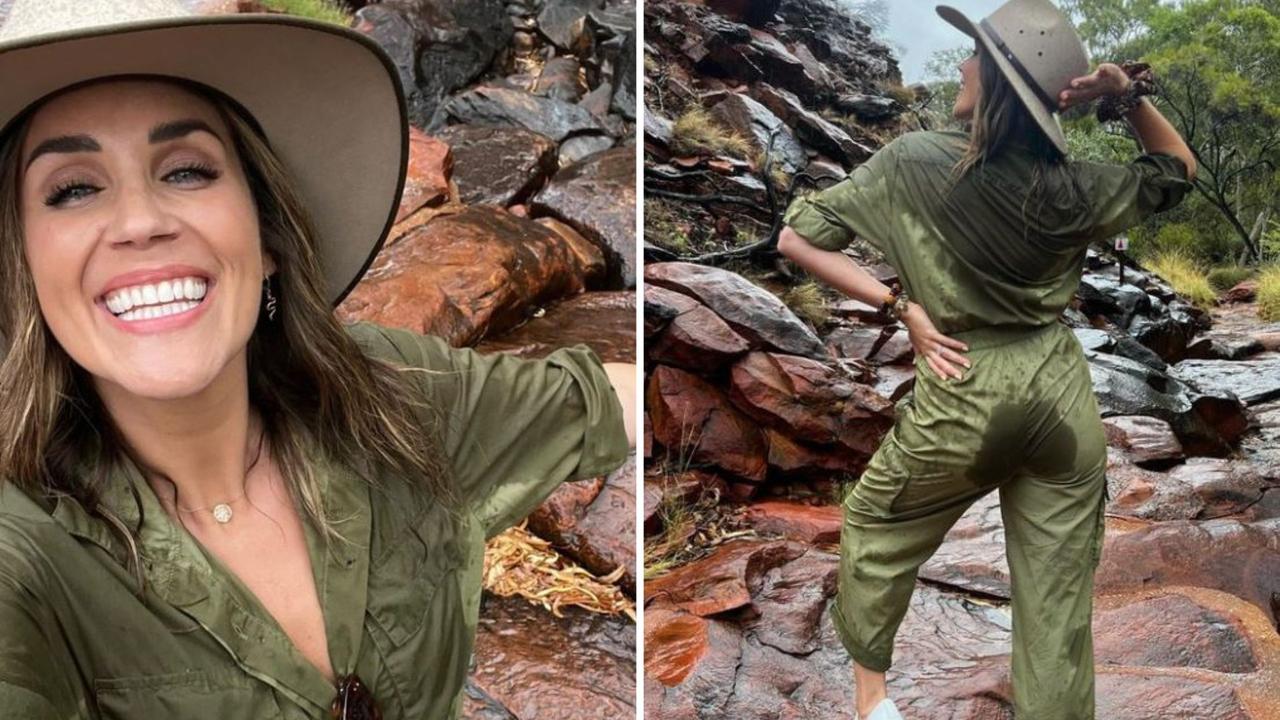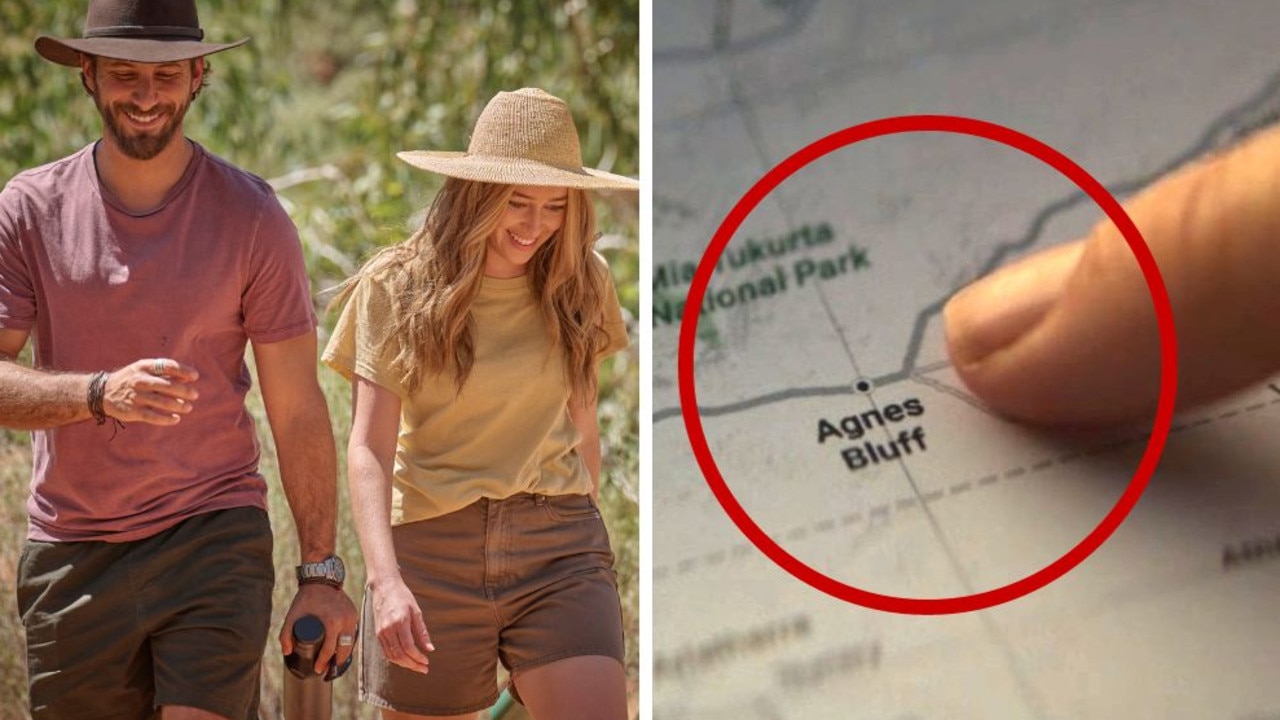Why everyday Australians should be mortified by the ‘Uluru twerking’ clip
THIS video has been slammed as “vile” and “culturally insensitive”, but the woman in the clip isn’t the only one to blame.
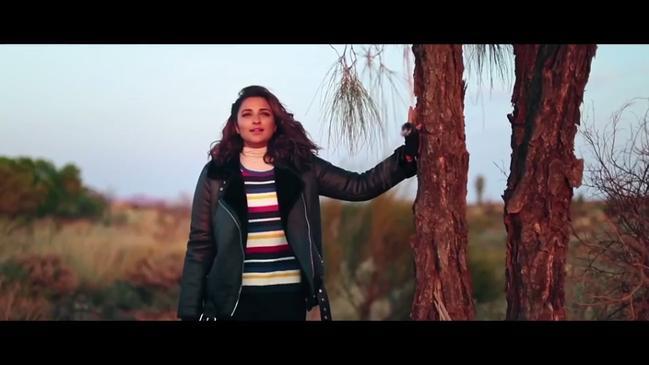
OPINION
IF YOU’D asked for my thoughts on this picture not too long ago, I may well have shrugged and wondered what all the fuss was about.
Because on the surface, it does seem innocent enough — after all, it’s just a clip of a young woman promoting fitness on a rock, right?
But of course, it’s not that simple — and it’s not just any rock.
It’s Uluru, one of Australia’s most iconic landmarks — and a site that’s sacred to the Anangu people, the traditional owners of the Uluru-Kata Tjuta National Park and the surrounding areas.
And for them, the video was as disrespectful as if someone was twerking on the altar of St Mary’s Cathedral in Sydney’s CBD.
It’s no wonder, then, that the footage soon went viral — for all the wrong reasons.
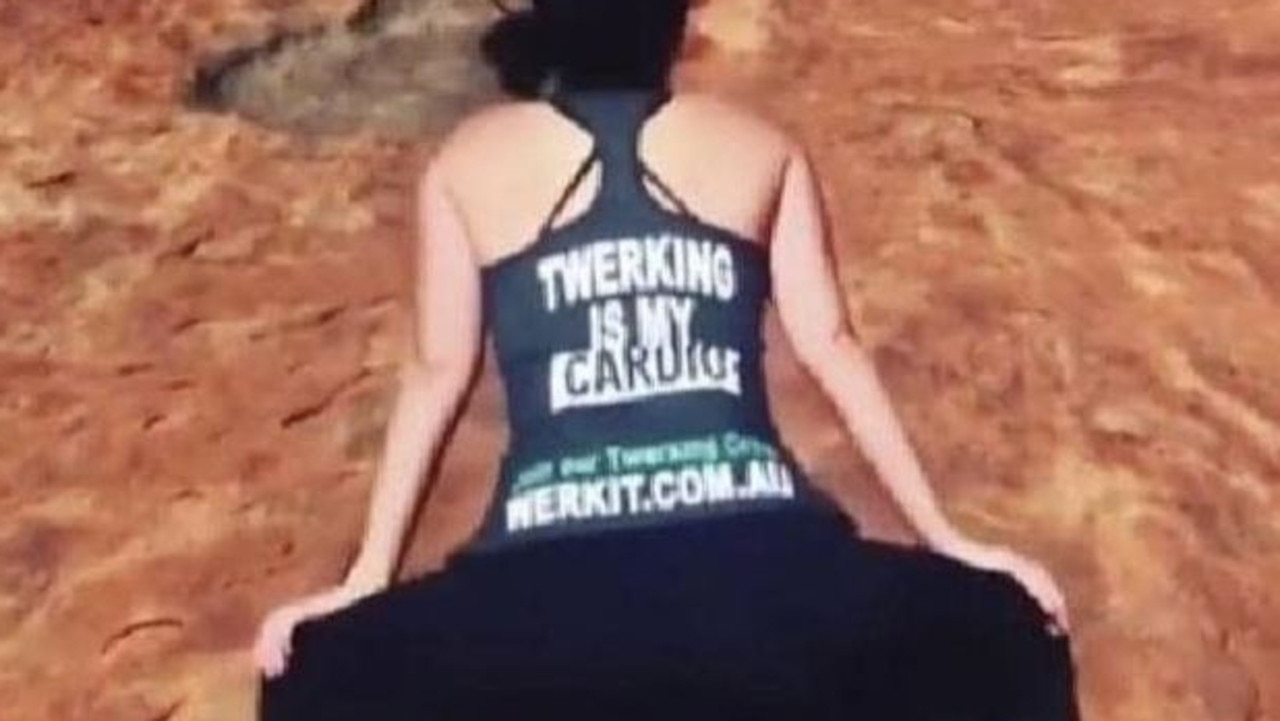
After posting the clip of a client dressed in their merchandise while dancing on the sacred site recently, the Gold Coast’s Werkit Twerk Dance Fitness was inundated with criticism from the public, with people describing it as “vile”, “disgusting” and “culturally insensitive”.
Since then, the fitness studio has shut down its Instagram and Facebook pages, as well as its website, although it is yet to publicly respond to the outcry.
Like many Aussies, I was probably guilty of not understanding just how important Uluru is to our Indigenous community until recently.
But that all changed after I had the chance to travel throughout the Northern Territory last month.
Starting in Darwin, my partner and I flew to Alice Springs before renting a car and road-tripping to Uluru via Kings Canyon.
We had the chance to visit some of the country’s most breathtaking scenery on the way, and to take in sights like Kings Canyon, Kata Tjuta and Uluru.
We dined under the stars in the outback thanks to the world-famous Sounds of Silence dinner at Ayers Rock Resort, and learned about the history of the area.
And maybe most importantly, we had the opportunity to actually meet some Anangu people and discover first-hand why these places are so sacred to them.
It was one of the best holidays we’ve ever taken, and it also opened our eyes to parts of Indigenous culture we had little idea of beforehand.
After travelling for a week and learning about the cultural significance of the area, we were more than convinced not to climb Uluru out of respect for the Anangu people.
Signs politely asking people not to climb it were everywhere, and there were explainers as to why it was so inappropriate at every turn.
So when we finally arrived at the base, we were taken aback to see the sheer number of local and foreign tourists alike scaling the rock and ignoring the warnings.
Uluru climbs will be officially banned from October 2019 — 34 years after the site was returned to the traditional owners.
But the debate about climbing the rock is nothing new. The Anangu people have asked visitors not to climb since 1985, and signs explaining why have been in place at Uluru since 1992.
For decades, as a nation, we’ve ignored that polite request.
And we’ve also consistently ignored a huge range of life-and-death issues facing Indigenous Australians.
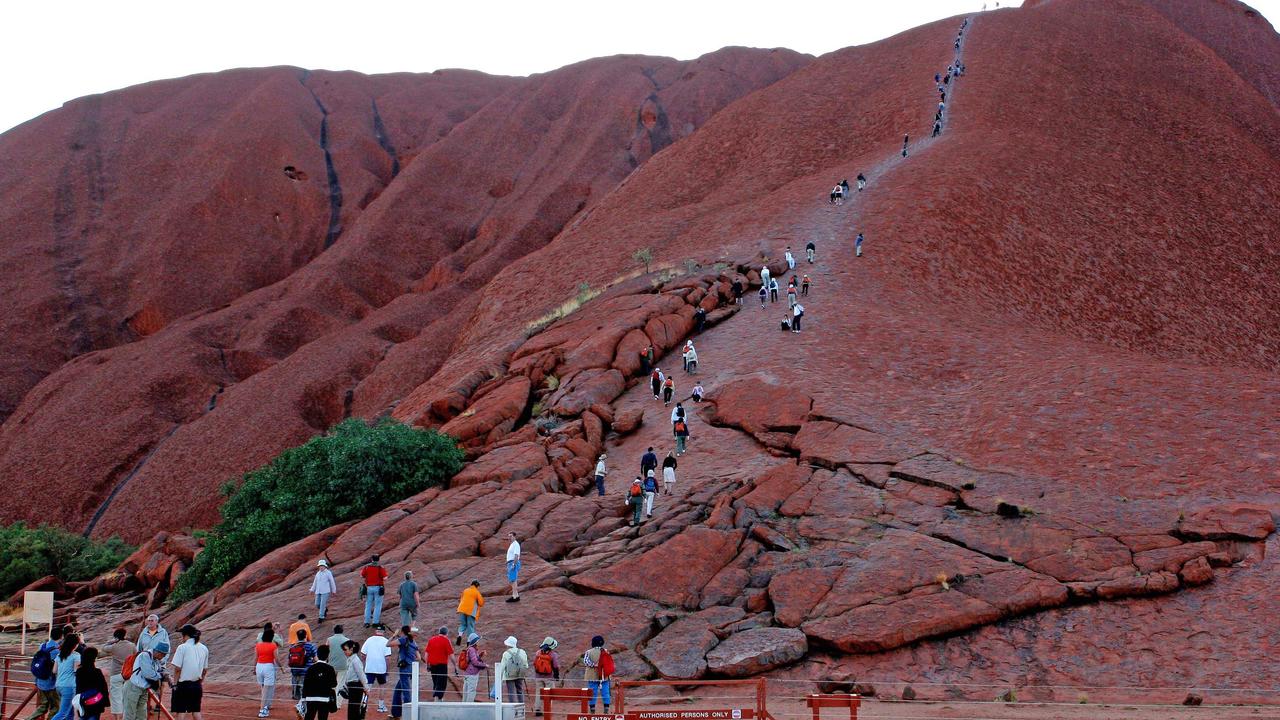
Former Prime Minster Kevin Rudd might have said “sorry” in 2008 — but Aboriginal people still die around 10 years earlier than other Aussies.
There’s been talk of holding a referendum to finally recognise Aboriginal and Torres Strait Islander people in the Australian Constitution for years — but nothing ever happens.
Aboriginal people are still over-represented in our jails and under-represented in positions of power, and calls to change the date of Australia Day to a less offensive spot on the calendar are routinely howled down by calls for Aboriginal people to just “get over it”.
As a country, we’re failing to even recognise our Indigenous people, let alone celebrate and respect their culture.
And until that changes, we’ll all be at least partly responsible every time some idiot decides to twerk on Uluru.



